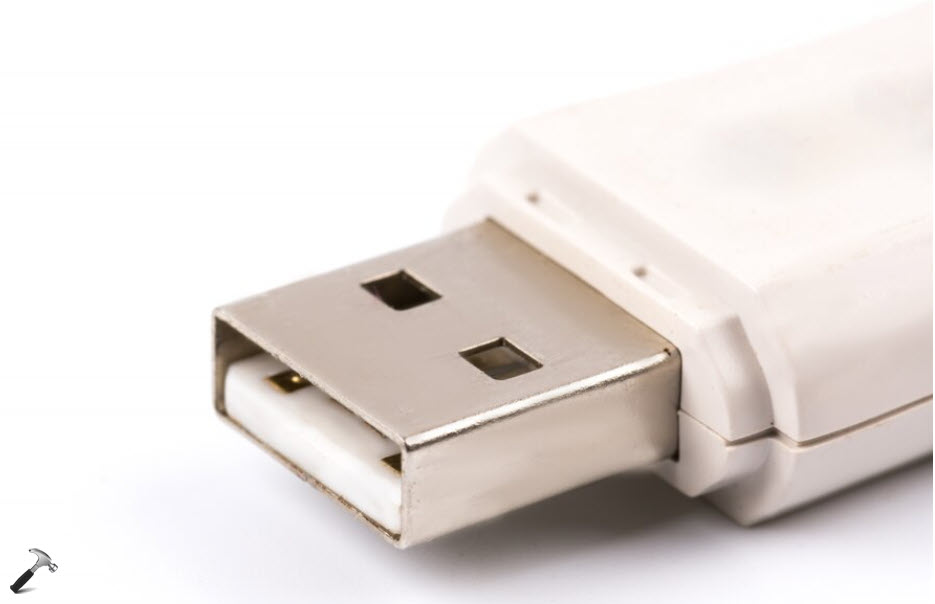To make sure your Windows operating system works perfectly, you need to regularly install latest updates as they available. Microsoft releases these updates to fix known issues. Additionally, these update may introduce a new functionality or feature to the system. We all know that Fast startup feature on Windows 10 helps the system to start quickly. It has been discovered that updates won’t install when Fast startup is enabled. In this article, we will see what causes it and how we can fix it.

Recently a user came to the forums with this problem. According to him, his clients are installing updates at the end of their working day. After that, they shut down the machine and restart it next day. The installation of updates finished while they shut down and they were able to use the system directly on the next day. However with this setup, the user found that updates are no longer installed. Updates remain pending when clients starts the machine next day. Well, this all happened because of Fast startup. So let us see how to resolve it, if you’re also facing same problem in your environment.
Fix: Updates won’t install when Fast startup is enabled in Windows 10
As we all know that, Fast startup allows us to quickly start the system. And this is possible due to the hibernation file (hiberfil.sys).
Assuming the Fast startup feature is enabled, when you shut down the system, Windows will save current session having Windows kernel and drivers to hibernation file. Now when you restart the system after shut down, Windows uses Fast startup and in these series of events, your system was never completely shut down. Due to this reason, it was not possible to finish installing updates.
To resolve this issue, you need to select Restart option, instead of Shut down. When you restart with having Fast startup enabled, pending updates will be installed because Windows will load with new session.

Alternatively, you can turn off Fast startup feature so that pending updates may be installed even when you shut down the system.
Microsoft has already confirmed this as a known issue in this documentation. If you’re using Microsoft Endpoint Manager Configuration Manager (MEMCM), this issue has been also addressed in recently released Windows 10 Version 21H1 and MEMCM 2002.
That’s it!
Read next: There Are Currently No Power Options Available In Windows 10/8.1/8.
![KapilArya.com is a Windows troubleshooting & how to tutorials blog from Kapil Arya [Microsoft MVP (Windows IT Pro)]. KapilArya.com](https://images.kapilarya.com/Logo1.svg)


![[Latest Windows 10 Update] What’s new in KB5055612? [Latest Windows 10 Update] What’s new in KB5055612?](https://www.kapilarya.com/assets/Windows10-Update.png)








Leave a Reply